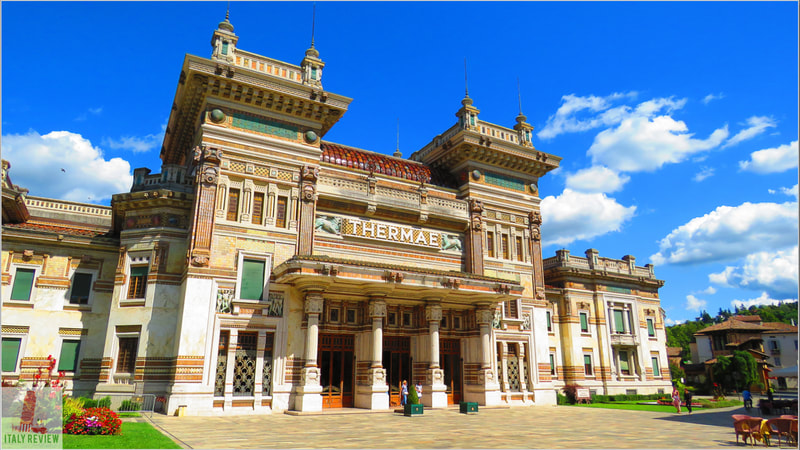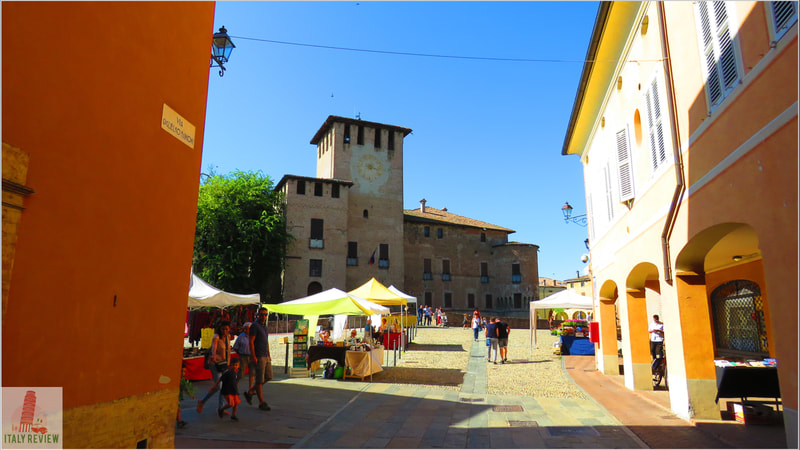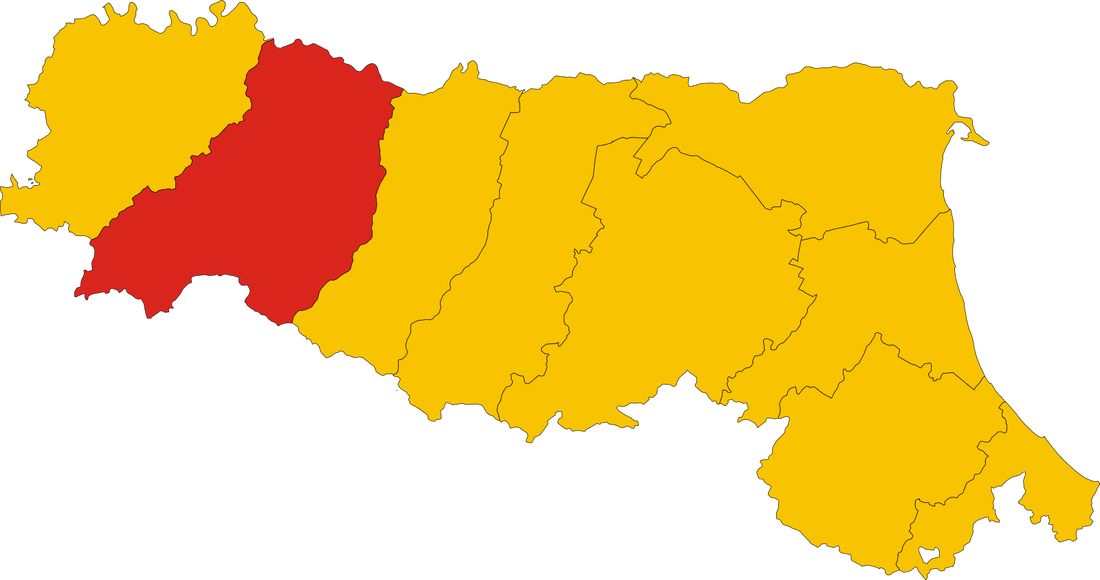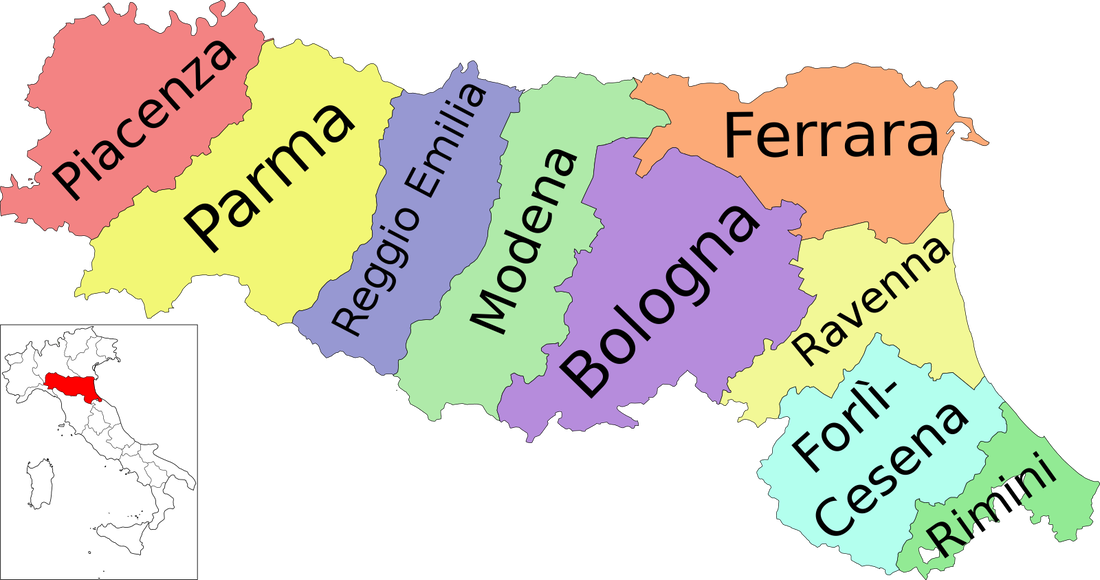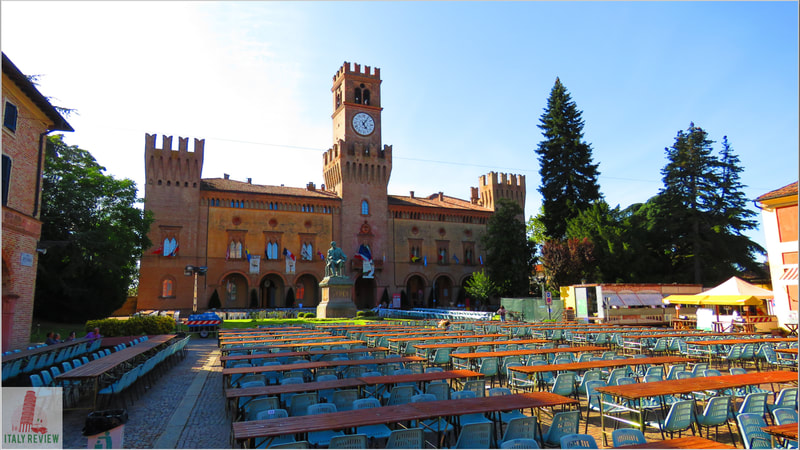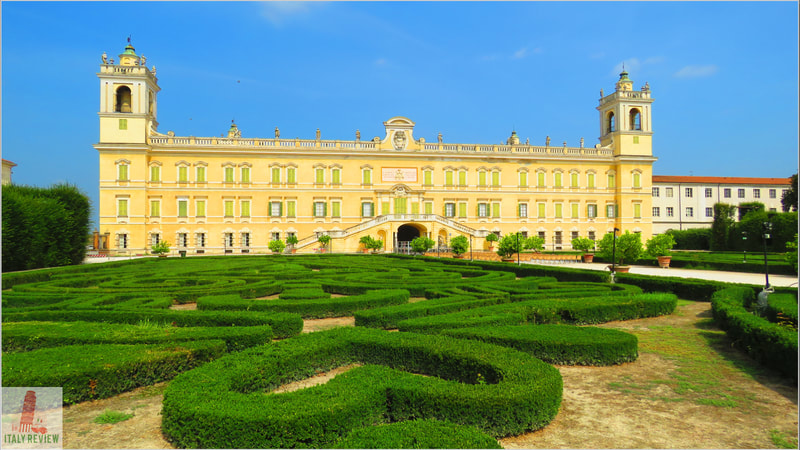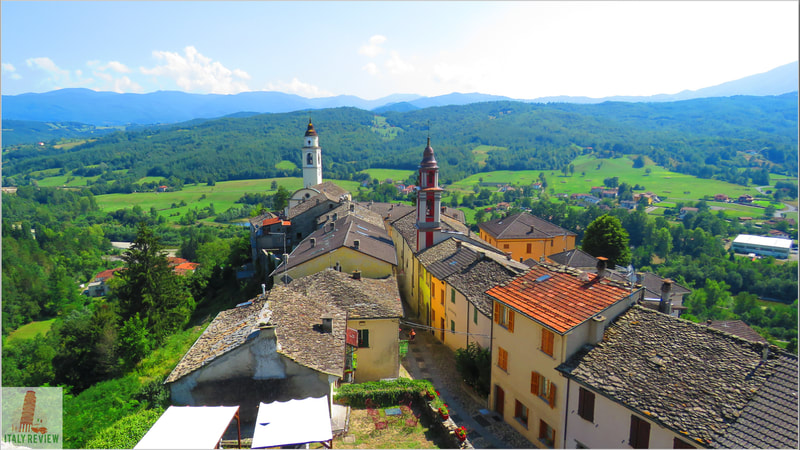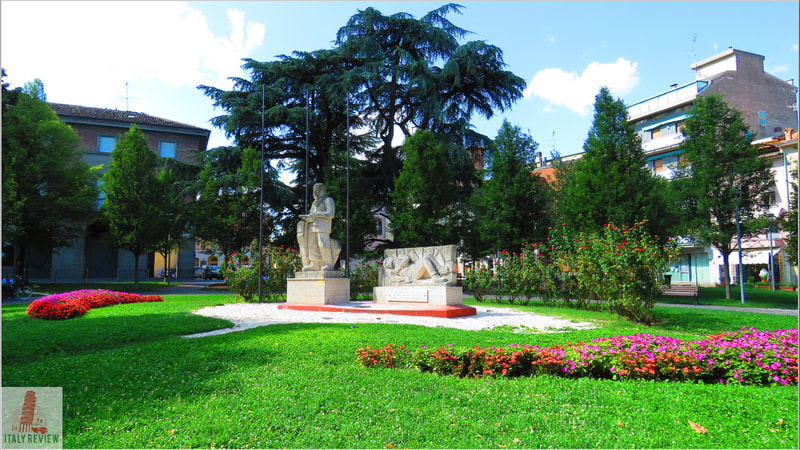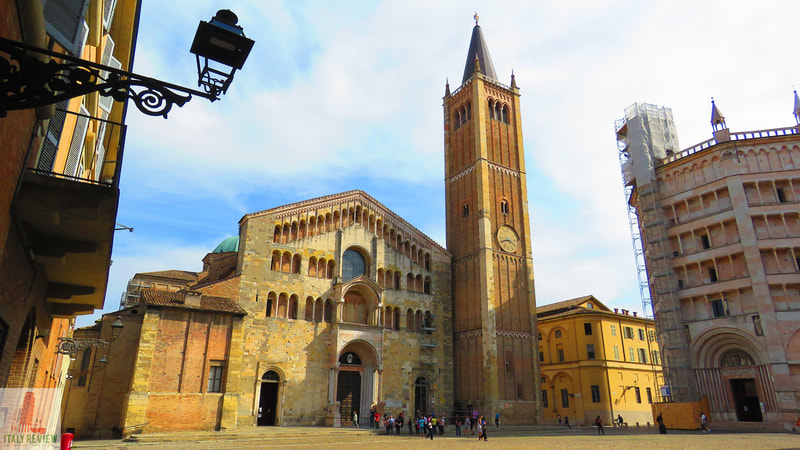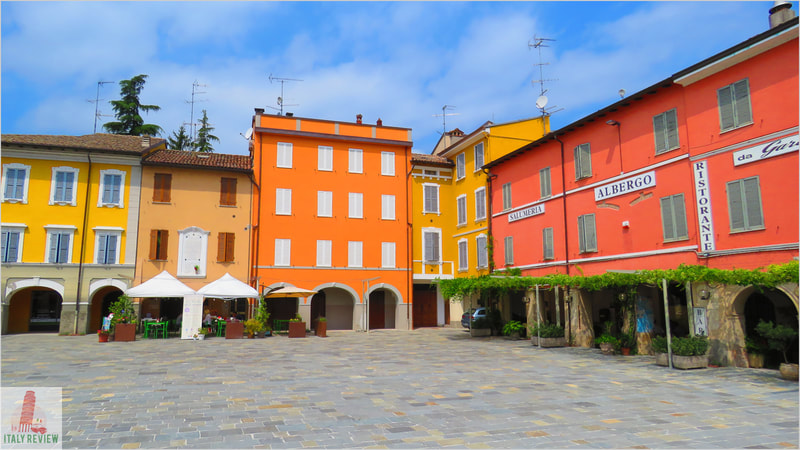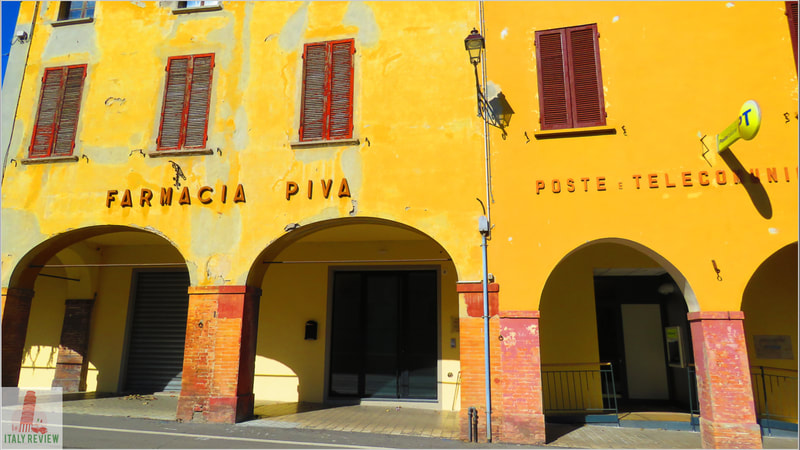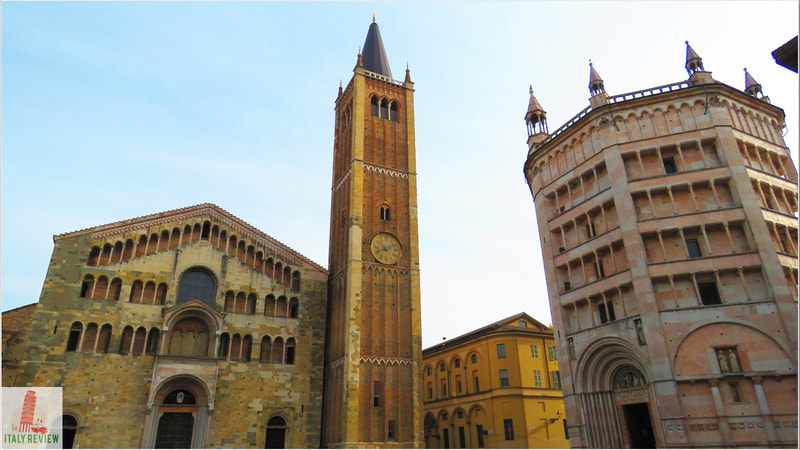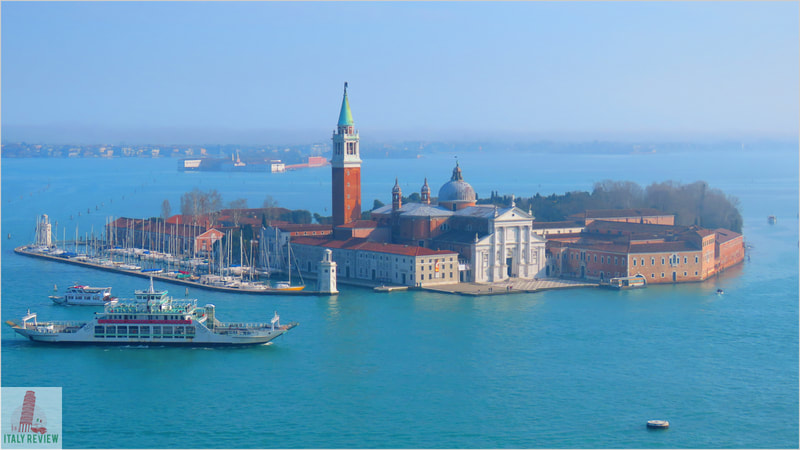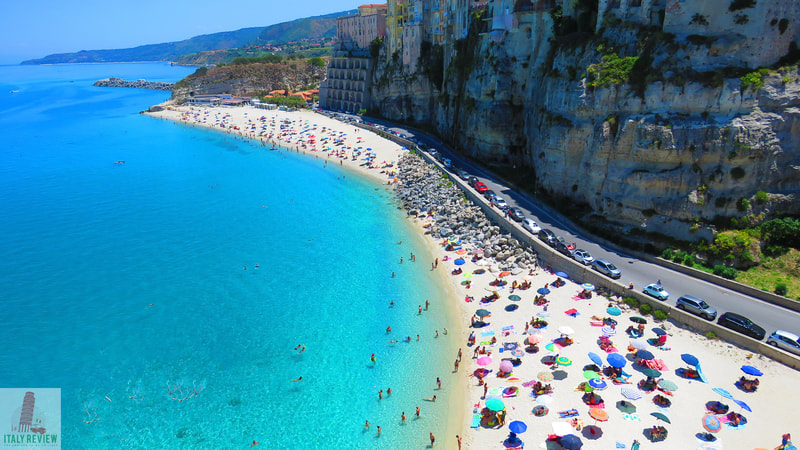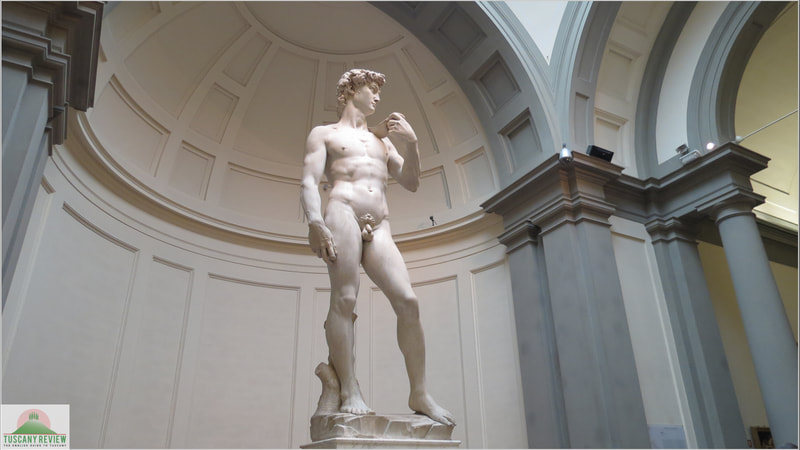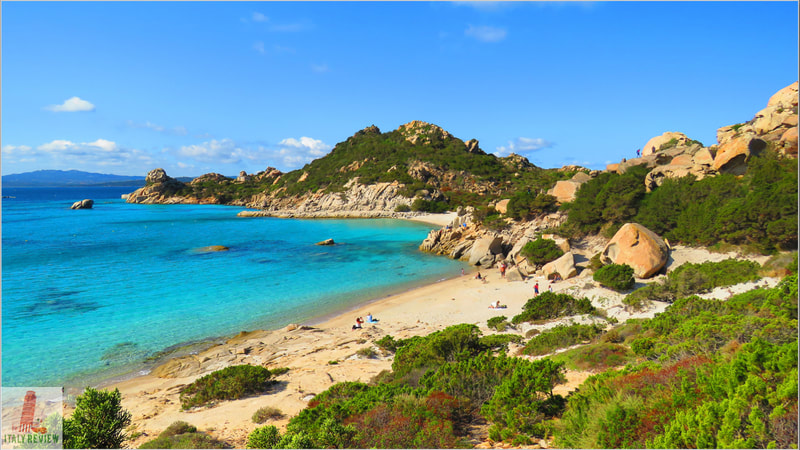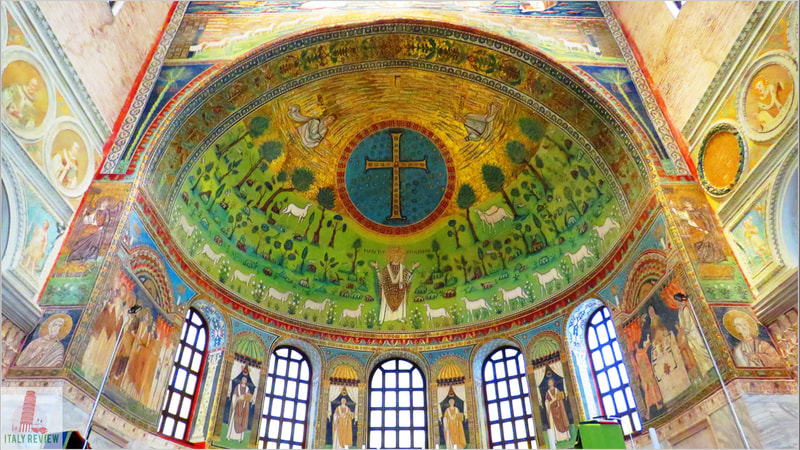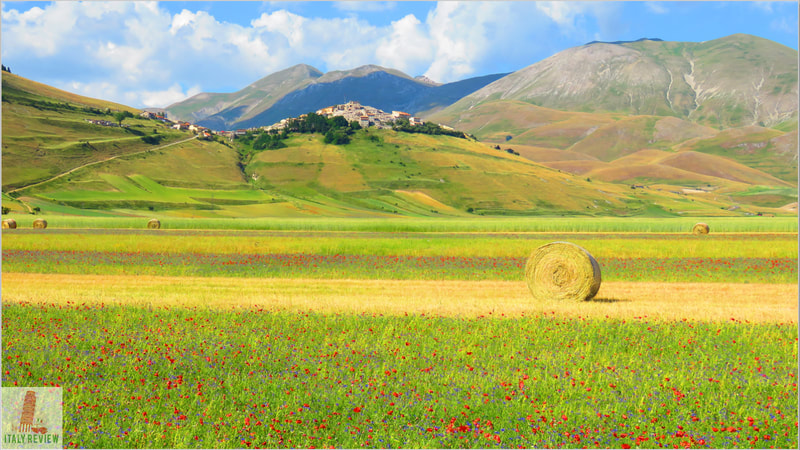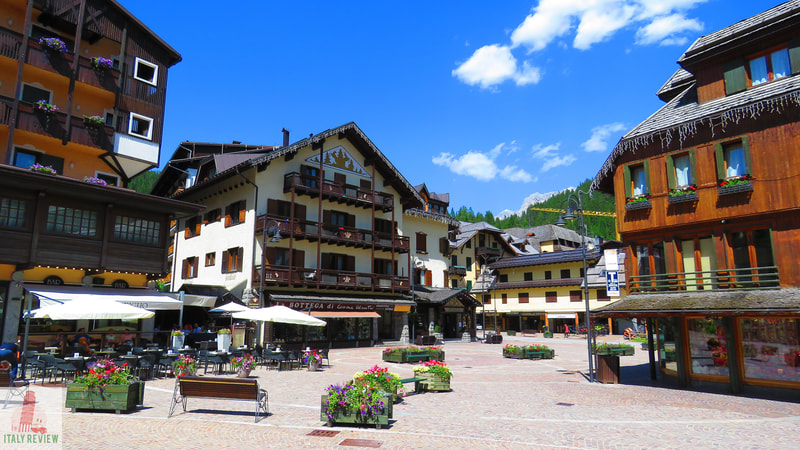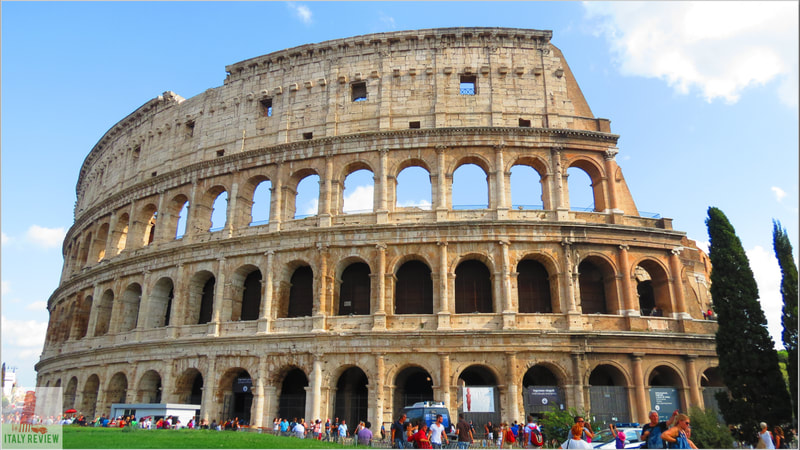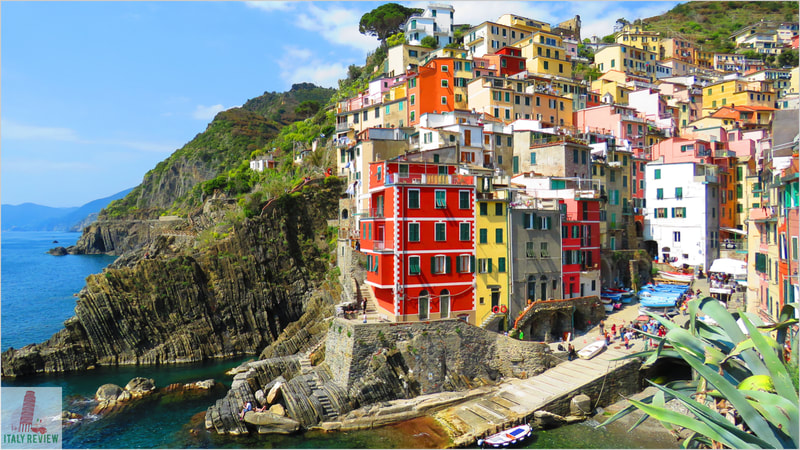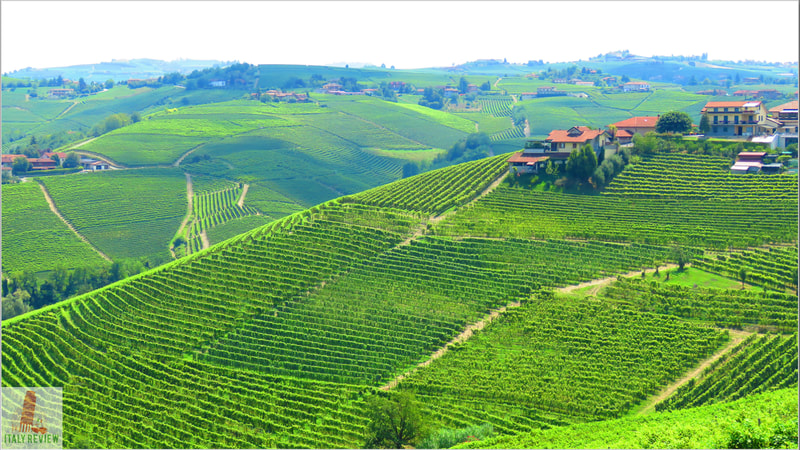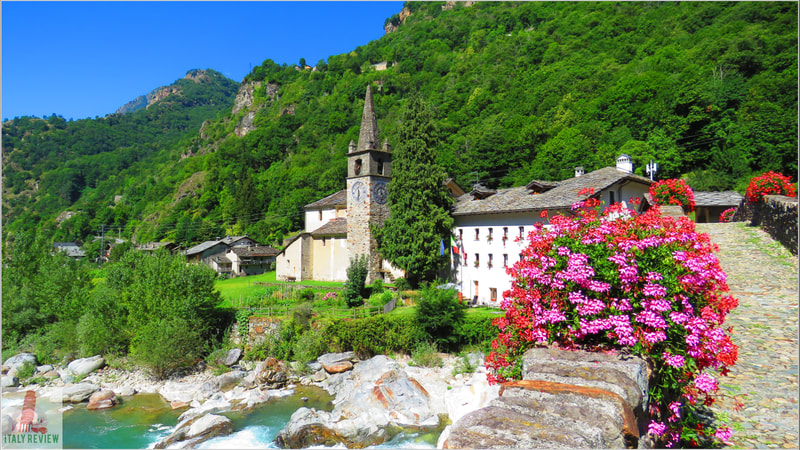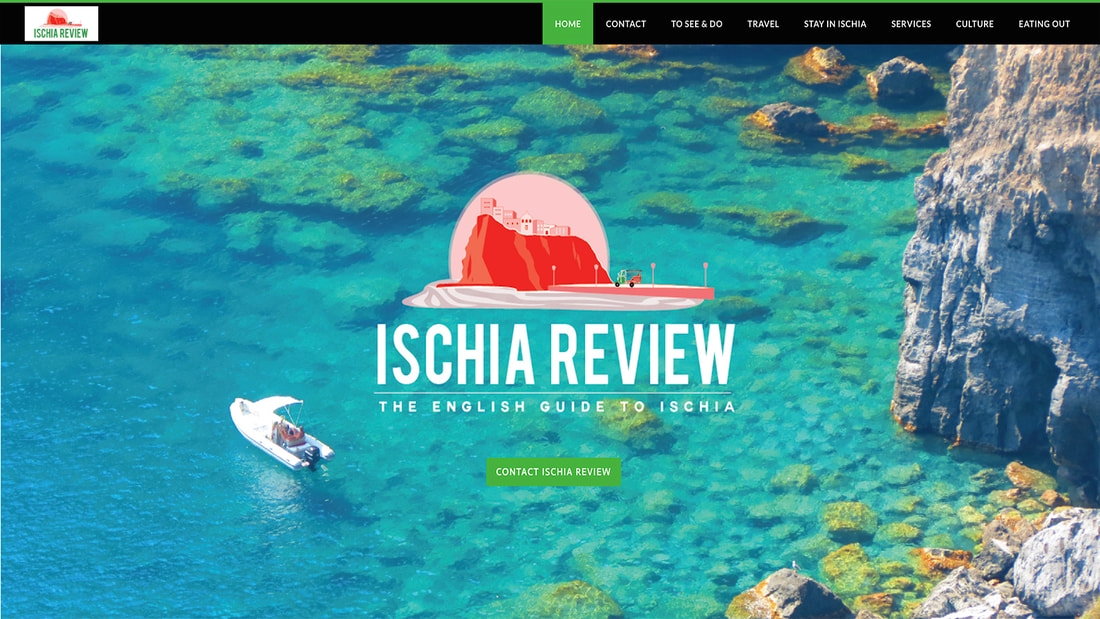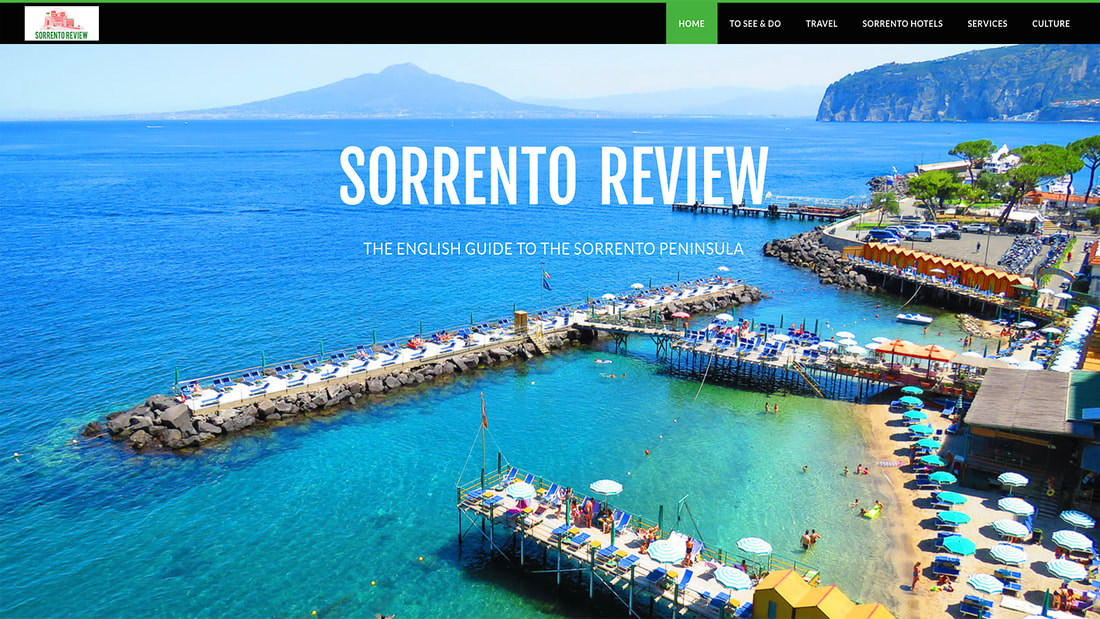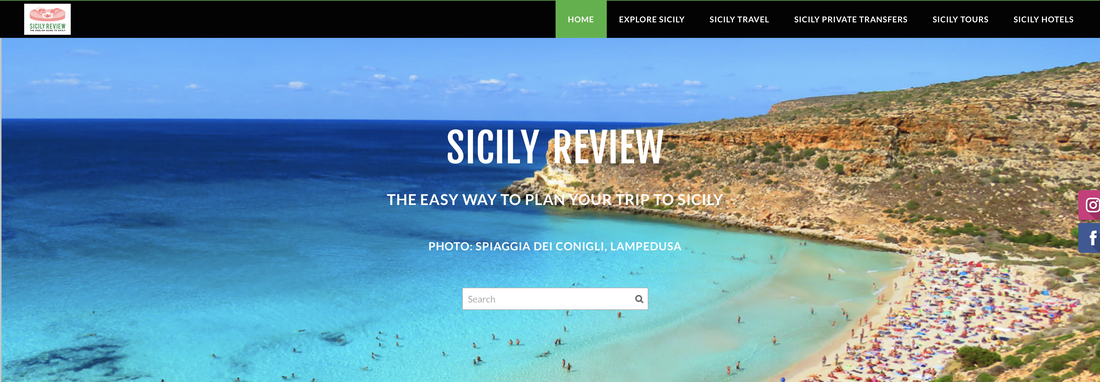Parma Province
|
By Dion Protani
|
Latest update: 19 November 2023
|
|
The Parma Province occupies a geographical area of 3,447 square kilometres including the provincial capital: Parma.
Within the province there are 47 provincial towns, which contain a total population of around 451 thousand inhabitants. Among the highlights of the province are the towns of Fontanellato, Salsomaggiore Terme, Fidenza and Giuseppe Verdi's Busseto. |
Related links
Profile
Parma Province is located in the Emilia-Romagna region of northern Italy. The province is known for its rich history, cultural heritage, and delicious cuisine, making it an attractive destination for tourists seeking a taste of authentic Italian culture.
History
The history of Parma Province dates back to ancient times when it was inhabited by the Etruscans and Celts. In the Middle Ages, Parma became a prosperous city-state and was ruled by various noble families.
It later became part of the Duchy of Parma, ruled by the Farnese family, and then the Bourbon family. The province was annexed to the Kingdom of Italy in the 19th century and has since played an essential role in Italian politics and culture.
It later became part of the Duchy of Parma, ruled by the Farnese family, and then the Bourbon family. The province was annexed to the Kingdom of Italy in the 19th century and has since played an essential role in Italian politics and culture.
Travel
Parma Province is well-connected by road and rail. The city of Parma has an international airport with domestic and European flights. Additionally, it is accessible by train from major Italian cities.
Highlights
- Parma City: The capital city of Parma is famous for its beautiful architecture, including the striking pink-marble Parma Cathedral and the Palazzo della Pilotta, a historical complex that houses the National Gallery, the Farnese Theater, and the Palatine Library.
- Parmigiano-Reggiano Cheese: Parma is renowned for producing Parmigiano-Reggiano cheese, one of Italy's most famous cheeses. Tourists can visit local dairies to witness the cheese-making process and taste this delicious product.
- Prosciutto di Parma: The province is also famous for producing Prosciutto di Parma, a cured ham with a delicate flavor. Visitors can explore the local prosciutto producers and indulge in this Italian delicacy.
- Castles and Fortresses: Parma Province is dotted with ancient castles and fortresses, such as the Torrechiara Castle, offering a glimpse into the region's medieval past.
- Culatello di Zibello: Another renowned local delicacy is Culatello di Zibello, a prized and rare type of cured pork meat. Food enthusiasts can taste this unique specialty in local eateries.
- Natural Parks: The province is blessed with natural beauty, including the Parco dei Cento Laghi (Park of a Hundred Lakes) and the Regional Park of the Boschi di Carrega, offering opportunities for hiking and outdoor activities.
- Art and Culture: Parma has a rich cultural scene with various museums, art galleries, and theaters showcasing local and international talent.
- Festivals and Events: Throughout the year, Parma hosts numerous festivals and events celebrating its culinary heritage, music, and arts.
Provincia di Parma
|
Region: Emilia Romagna
Provincial capital: Parma Population: 449,628 (source: ISTAT 1 January 2022) Size: 3,447 km² Comunes: 47 Province code: PR |
Neighbouring provinces: Piacenza, Reggio Emilia, Metropolitan City of Genoa, Mantua, Massa and Carrara

